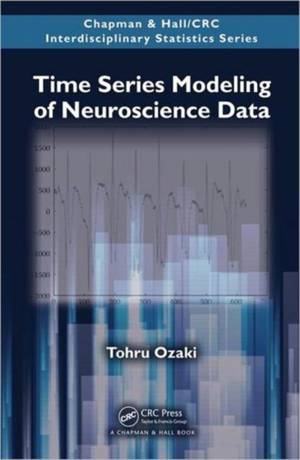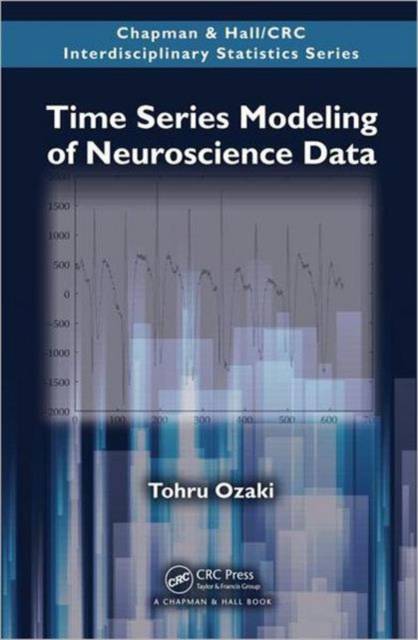
- Retrait gratuit dans votre magasin Club
- 7.000.000 titres dans notre catalogue
- Payer en toute sécurité
- Toujours un magasin près de chez vous
- Retrait gratuit dans votre magasin Club
- 7.000.000 titres dans notre catalogue
- Payer en toute sécurité
- Toujours un magasin près de chez vous
Description
Recent advances in brain science measurement technology have given researchers access to very large-scale time series data such as EEG/MEG data (20 to 100 dimensional) and fMRI (140,000 dimensional) data. To analyze such massive data, efficient computational and statistical methods are required.
Time Series Modeling of Neuroscience Data shows how to efficiently analyze neuroscience data by the Wiener-Kalman-Akaike approach, in which dynamic models of all kinds, such as linear/nonlinear differential equation models and time series models, are used for whitening the temporally dependent time series in the framework of linear/nonlinear state space models. Using as little mathematics as possible, this book explores some of its basic concepts and their derivatives as useful tools for time series analysis. Unique features include:
The main point of interest in this book is to show that the same data can be treated using both a dynamical system and time series approach so that the neural and physiological information can be extracted more efficiently. Of course, time series modeling is valid not only in neuroscience data analysis but also in many other sciences and engineering fields where the statistical inference from the observed time series data plays an important role.
Spécifications
Parties prenantes
- Auteur(s) :
- Editeur:
Contenu
- Nombre de pages :
- 574
- Langue:
- Anglais
- Collection :
Caractéristiques
- EAN:
- 9781420094602
- Date de parution :
- 19-01-12
- Format:
- Livre relié
- Format numérique:
- Genaaid
- Dimensions :
- 163 mm x 236 mm
- Poids :
- 907 g







